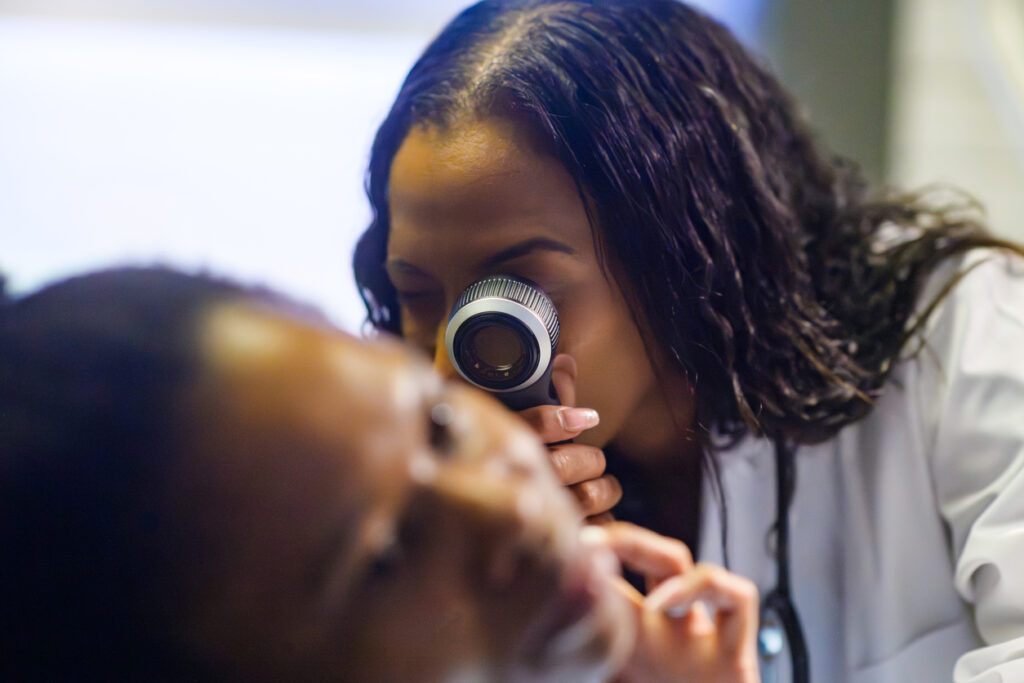A new approach for detecting skin cancer that combines genetic ancestry, lifestyle, and social determinants of health using a machine learning model may be more accurate than existing approaches across diverse populations, a new study shows.
Traditional risk-prediction tools, such as risk calculators based on family history, skin type, and sun exposure, have historically performed best in people of European ancestry because they are more represented in the data used to develop these models. This leaves significant gaps in early detection for other populations, particularly those with darker skin, who are less likely to be of European ancestry. As a result, skin cancer in people of non-European ancestry is frequently diagnosed at later stages, and these individuals also tend to have worse overall outcomes from skin cancer.
To help correct this disparity, the researchers analyzed data from more than 400,000 participants in the National Institutes of Health’s All of Us Research Program. By leveraging the participants in the All of Us program, the researchers were able to ensure the data they used had substantial representation from African, Hispanic/Latino, Asian, and mixed-ancestry populations.
The XGBoost multiethnic model achieved 89% accuracy in identifying individuals with skin cancer across all populations, with 90% accuracy for individuals of European ancestry and 81% accuracy for people of non-European ancestry. In a subset of participants who had genetic data but were missing data on lifestyle and social determinants of health, the model still retained 87% accuracy.
Genetic ancestry, especially the proportion of European ancestry, was a strong predictor of risk; individuals of European ancestry were at least eight times more likely to be diagnosed with skin cancer.
“This study represents a pivotal advancement toward leveraging a multifaceted approach encompassing both genetic and non-genetic determinants, including lifestyle choices, socioeconomic variables, and medication usage, to stratify individuals based on their likelihood to have skin cancer,” the researchers conclude in Nature Communications. “While previous efforts have focused on utilizing genetics, such as polygenic risk scores, to categorize individuals according to disease susceptibility, our findings demonstrate the potential of integrating genetic insights with lifestyle and socioeconomic factors within expansive datasets comprising hundreds of thousands of individuals.”


